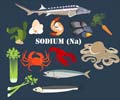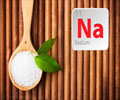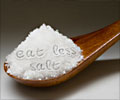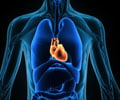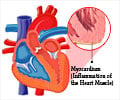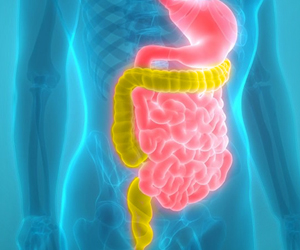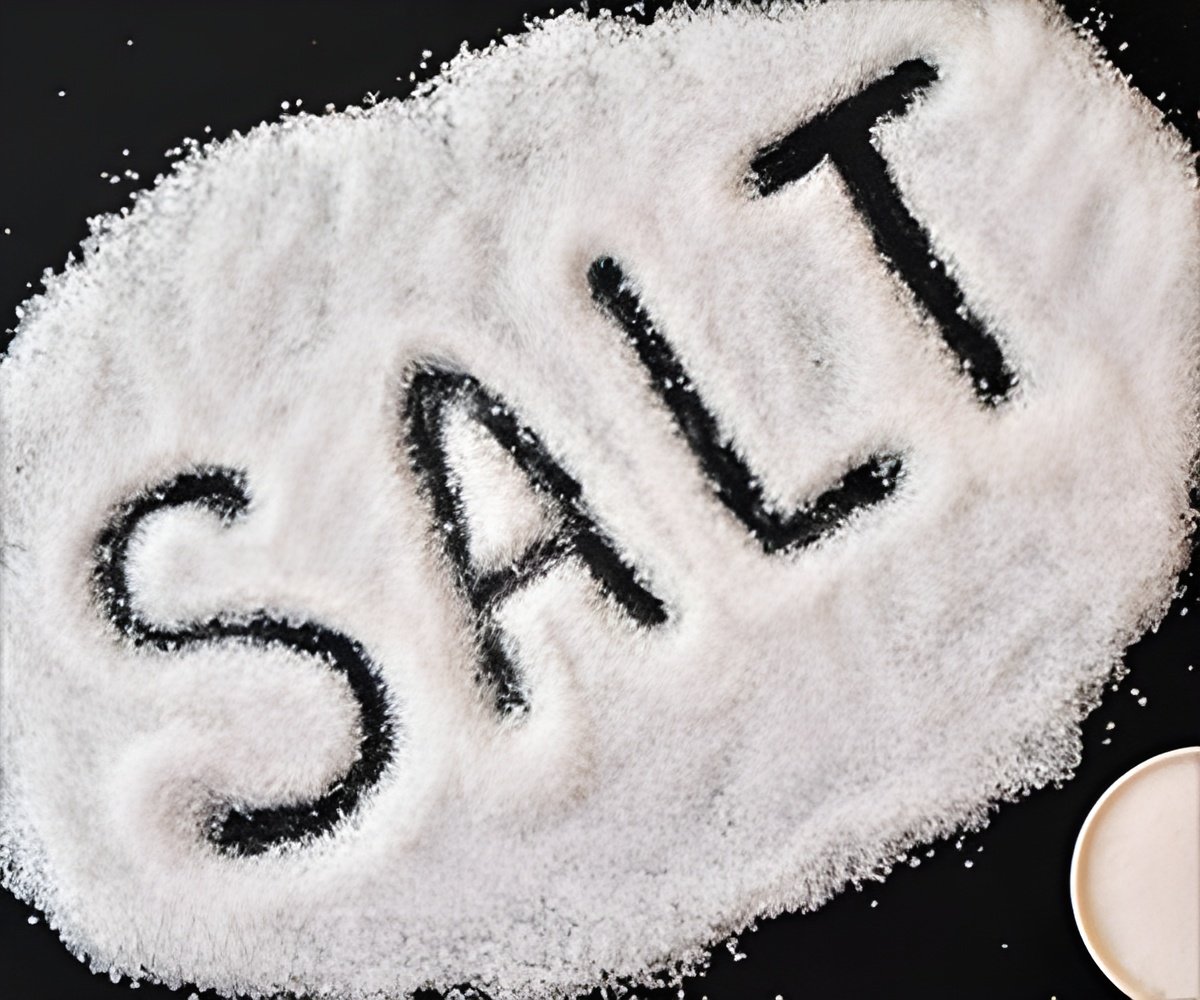
Majority of People with Heart Disease Consume Too Much Sodium
Go to source). Sodium is an essential nutrient, but consuming too much can raise blood pressure, which damages blood vessels and forces the heart to work harder. Excess sodium can also cause the body to retain fluid, exacerbating conditions like heart failure.
‘89% of heart disease patients exceeded the recommended daily maximum of 1,500 mg of sodium, with individuals consuming over twice this amount on average. #saltintake #heartdisease #lowsodiumdiet #sodium’
Tweet it Now
The current U.S. Dietary Guidelines put out by the U.S. Department of Agriculture recommends most adults limit their sodium intake to less than 2,300 mg/day, which is equivalent to about 1 teaspoon of table salt. For individuals with cardiovascular diseases, the limit is even lower at 1,500 mg/day, according to guideline recommendations from the ACC and the American Heart Association.
Limiting sodium intake is a fundamental lifestyle modification shown to reduce the likelihood of subsequent major adverse cardiovascular events, researchers said. Their findings underscore the challenges many people face in keeping within recommended sodium limits, regardless of other factors such as socioeconomic status. Challenges in Sodium Estimation
“Estimating sodium quantities in a meal can be challenging,” said Elsie Kodjoe, MD, MPH, an internal medicine resident at Piedmont Athens Regional Hospital in Athens, Georgia and the study’s lead author. “Food labels aid in dietary sodium estimation by providing sodium quantities in packaged food. Yet, adhering to a low sodium diet remains challenging even for individuals with cardiovascular disease who have a strong incentive to adhere.”The study used data from patients diagnosed with a heart attack, stroke, heart failure, coronary artery disease or angina who participated in the National Health and Nutrition Examination Survey (NHANES) between 2009–2018.
Researchers estimated sodium intake based on questionnaires in which participants were asked to report everything they had consumed in 24 hours. According to the results, study participants with cardiovascular disease consumed an average of 3,096 mg of sodium per day, which is slightly lower than the national average of 3,400 mg/day reported by the U.S. Centers for Disease Control and Prevention.
“The relatively small difference in sodium intake suggests that people with cardiovascular disease are not limiting their intake very much compared with the general population and are also consuming more than double what is recommended,” Kodjoe said. “To make it easier for patients to adhere to dietary guidelines, we need to find more practical ways for the general public to estimate dietary sodium levels or perhaps consider a reduction in the sodium content of the food we consume right from the source.”
Advertisement
Individuals can take proactive measures to lower their sodium intake, Kodjoe said. This includes preparing more meals at home where they have greater control over the sodium content and paying close attention to food labels, particularly targeting foods with sodium levels of 140 mg or less per serving. Researchers suggested that better education around the benefits of limiting sodium could also help motivate more people to follow the recommendations.
Advertisement
One limitation of the study is that sodium intake was estimated based on food recall questionnaires, rather than 24-hour urine sodium measurements, which is considered the gold standard method. NHANES has included 24-hour urine sodium measurements in its data gathering methods in recent survey cycles, so future studies using this data could provide a more accurate assessment of sodium intake among people with cardiovascular disease.
Reference:
- Majority of People with Heart Disease Consume Too Much Sodium - (https://www.acc.org/About-ACC/Press-Releases/2024/04/01/21/46/majority-of-people-with-heart-disease-consume-too-much-sodium)
Source-Eurekalert

